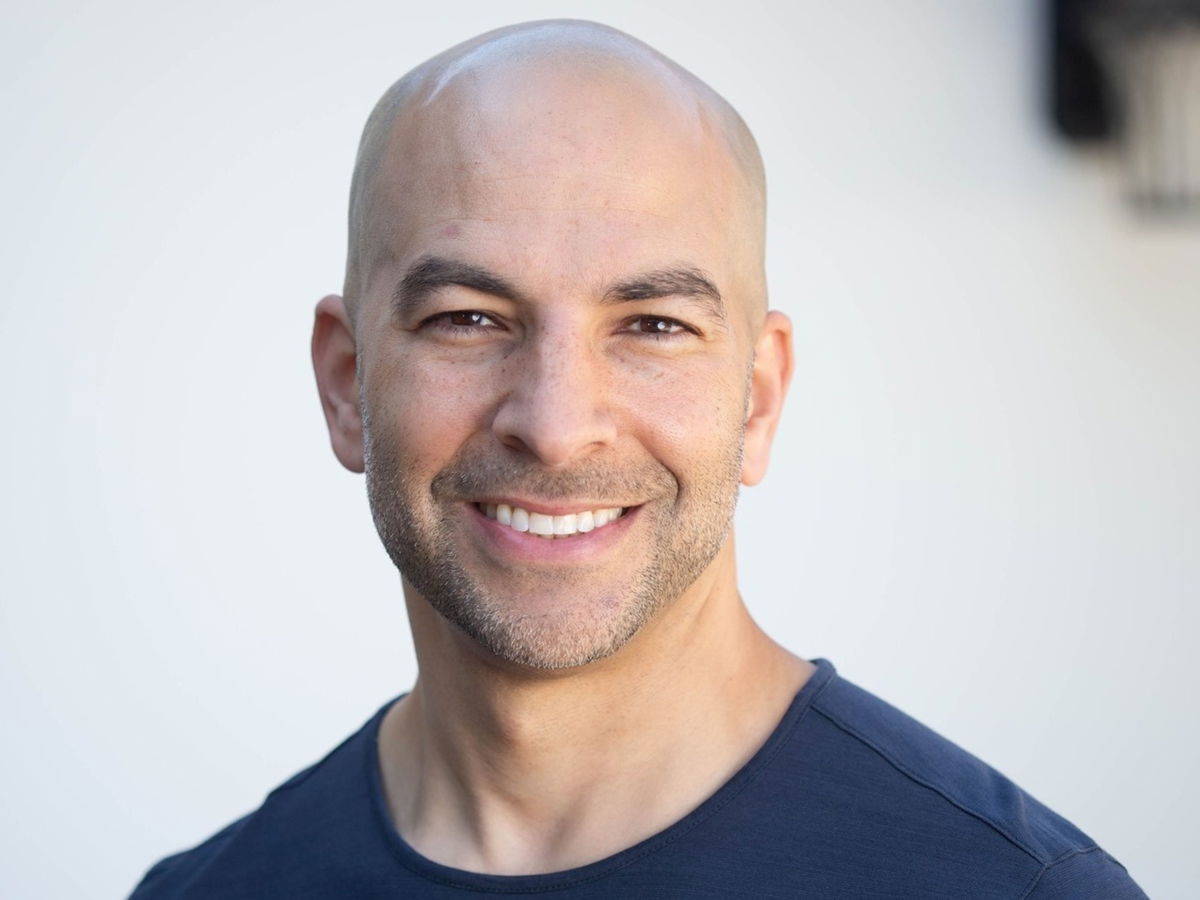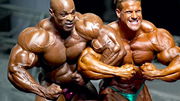

Dr. Peter Attia, a renowned expert in longevity and health optimization, recently shed light on the critical role of optimal rep speed and time under tension in strength training. His insights bridge the gap between bodybuilding and powerlifting, offering valuable perspectives for anyone looking to enhance their fitness regimen.
Watch What’s Trending Now!
In a YouTube video, posted on his channel, Dr. Attia and Layne Norton (a physique coach, a natural professional bodybuilder, and a powerlifter who holds a Ph.D. in nutritional sciences.) discussed “How important is rep speed and time under tension?” At the beginning of the video, Dr. Attia delved into the concept of Force, Newton’s second law: Force equals mass times acceleration, to explain how the same works for our muscles too.
ADVERTISEMENT
Dr. Peter Attia and Dr. Layne Norton explain physical growth with the help of Newton’s second law
This principle is crucial for understanding how different approaches to lifting weights can impact strength and muscle growth. When lifting a fixed mass (weight), the speed (acceleration) at which you lift it directly influences the force exerted.
View this post on Instagram
Moving back to their explanation, “If it’s a very heavy weight, it will move slower; if it’s a lightweight, you can apply the same force, and it will move more quickly,” explained Layne Norton in the YT video. Norton added and explained that his coach, Zack, employs a strategy that involves both heavy and light weights to optimize strength training. “We’re still applying the same force; it’s just less fatiguing because it’s lighter weight,” Norton noted.
ADVERTISEMENT
They start with heavy singles or doubles, which move slowly due to their mass. This is followed by back-off sets with lighter weights, moved as quickly as possible. This approach ensures that maximum force is applied without the fatigue associated with heavy lifting. He further explained the role of time while optimizing gains.
Top Stories
Everything You Need to Know About Mr. Olympia’s Sole Owner Jake Wood, Who Also Brought Ms. Olympia Back

Despite Featuring in Over 400 Magazines and $2,500,000 Worth, 54-Y.O Age-Defying Bodybuilder Values Something Else Over Money: “My Biggest Accomplishment”

Bullied for Her Staggering Height, 6ft Female Football Athlete Turned Bodybuilder Set to Feature in Gladiators’ Reboot

Jay Cutler vs. Ronnie Coleman: Net Worth Comparison Between Olympia Champions

Top 5 Older Bodybuilders/Fitness Influencers Over 50 Who Are Defying Age and Inspiring Others

ADVERTISEMENT
The role of time under tension
Another key aspect of Norton’s training philosophy is time under tension, which has long been a popular concept in bodybuilding. This involves performing exercises at a slower pace to increase the duration that the muscles are under strain. However, recent research suggests that the benefits of slow lifting versus fast lifting might not be as significant as once thought.
He also highlighted research pointing out that a study comparing slow and fast lifting found little difference in muscle gains when both were taken to failure. Interestingly, fast eccentrics (the lowering phase of a lift) showed slightly better outcomes for muscle mass. This challenges the traditional view that slower, more controlled movements are always superior for muscle growth.
Norton emphasizes that the best approach depends on individual goals and circumstances. For those dealing with pain or discomfort, slower movements can be beneficial. “Pain can be tied to velocity; if you just slow down a movement, it won’t be as painful,” he explained. Tempo training, where movements are deliberately slowed down, can also make exercises more challenging without increasing weight, providing a safer alternative for some individuals.
ADVERTISEMENT
Understanding the interplay between rep speed, mass, and time under tension is crucial. Whether lifting heavy weights slowly or lighter weights quickly, the key is to apply consistent force and tailor your approach to your body’s needs. As Norton wisely advises, “Don’t let perfection be the enemy of progress.” Dr. Peter Attia and Layne Norton’s insights highlight the importance of balancing these factors to achieve the best results.
ADVERTISEMENT
ADVERTISEMENT
ADVERTISEMENT

